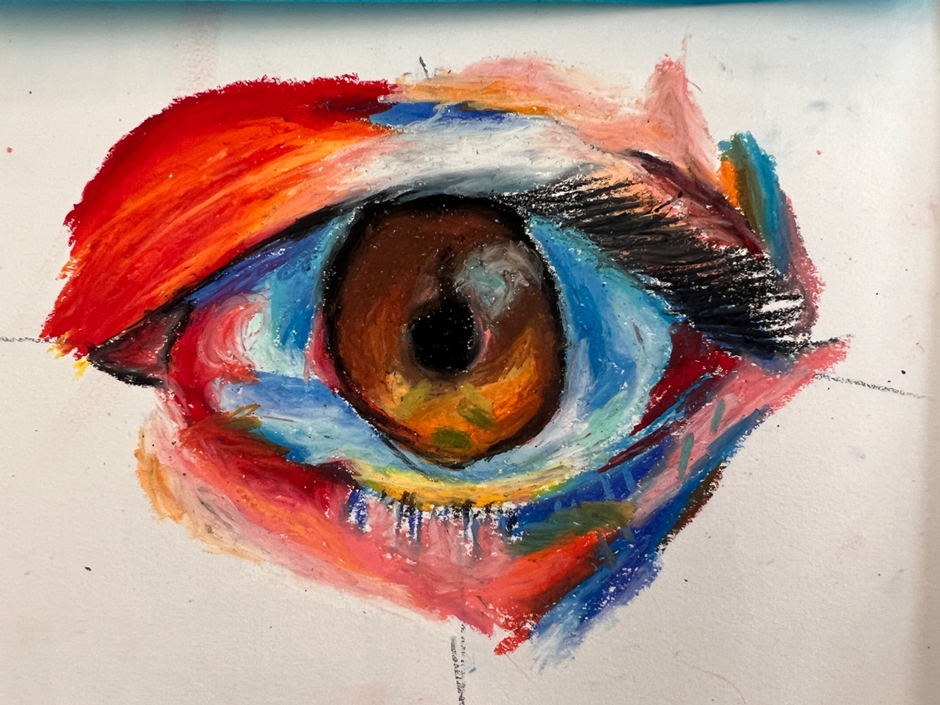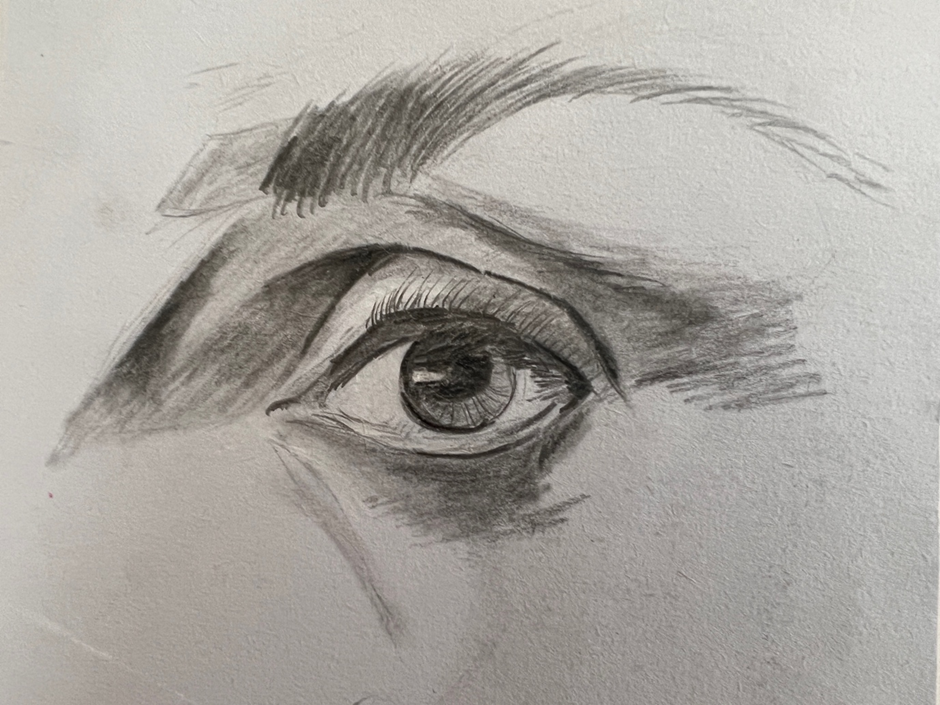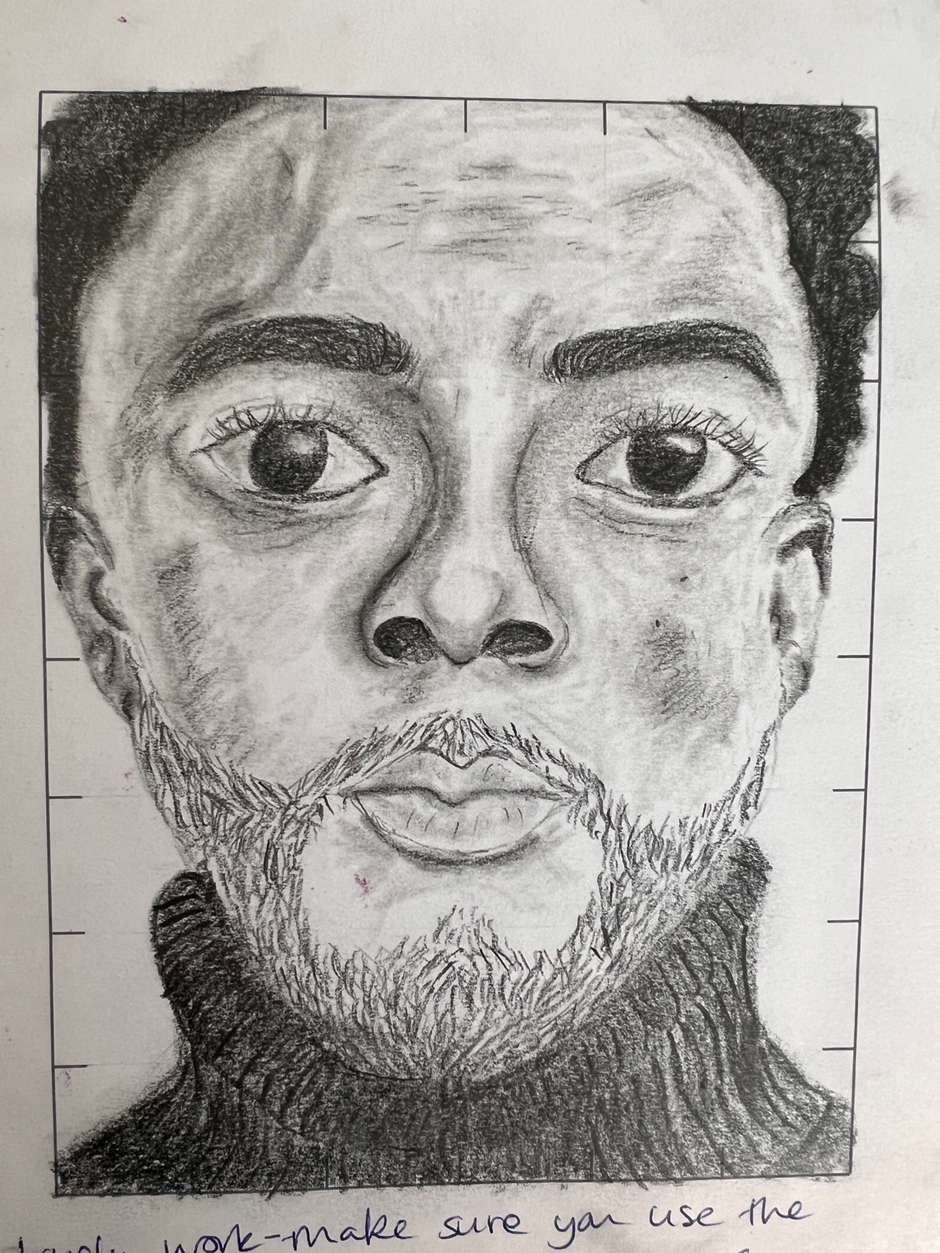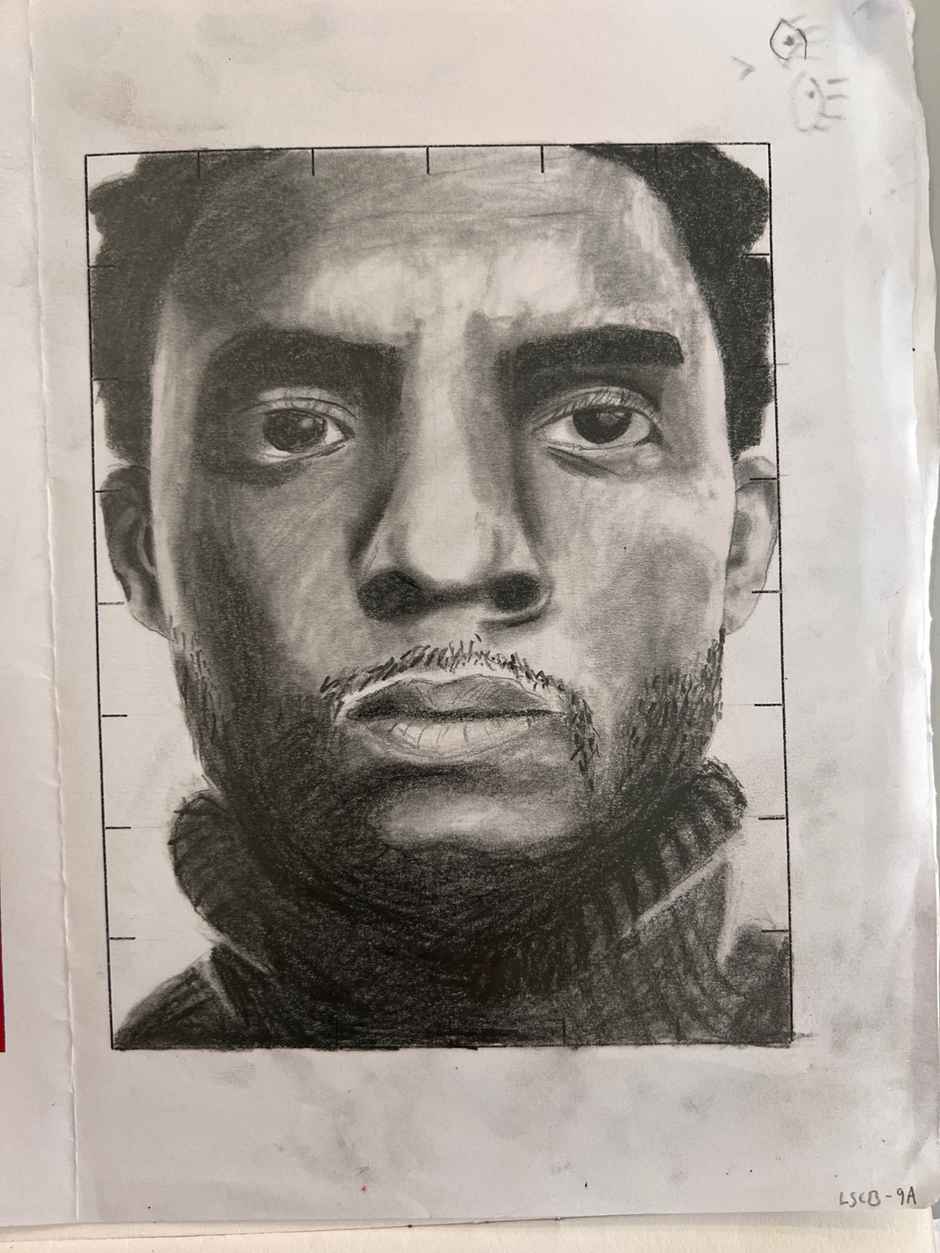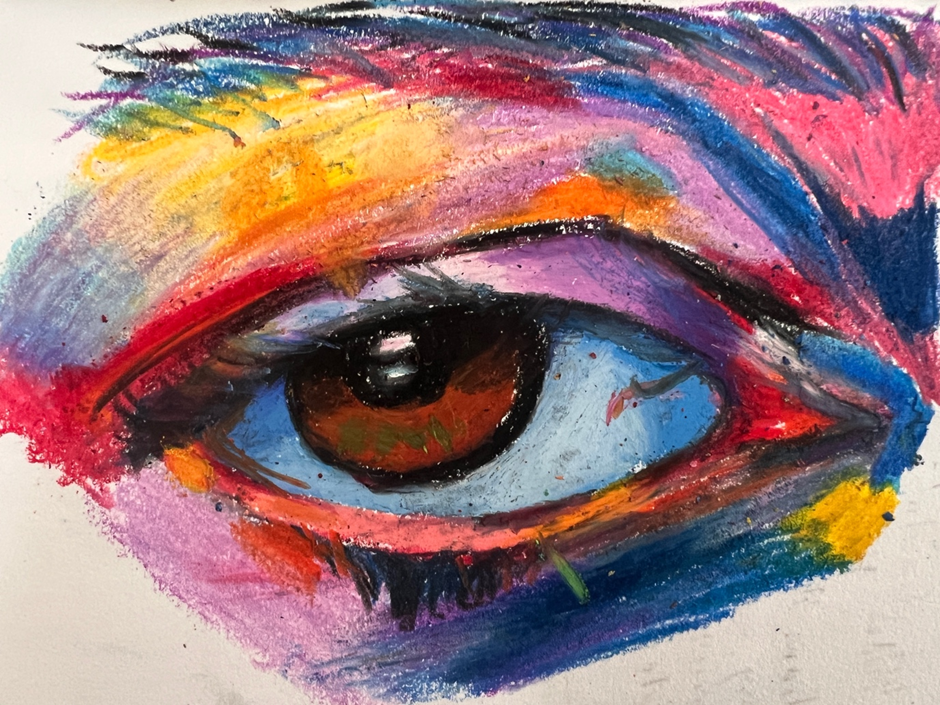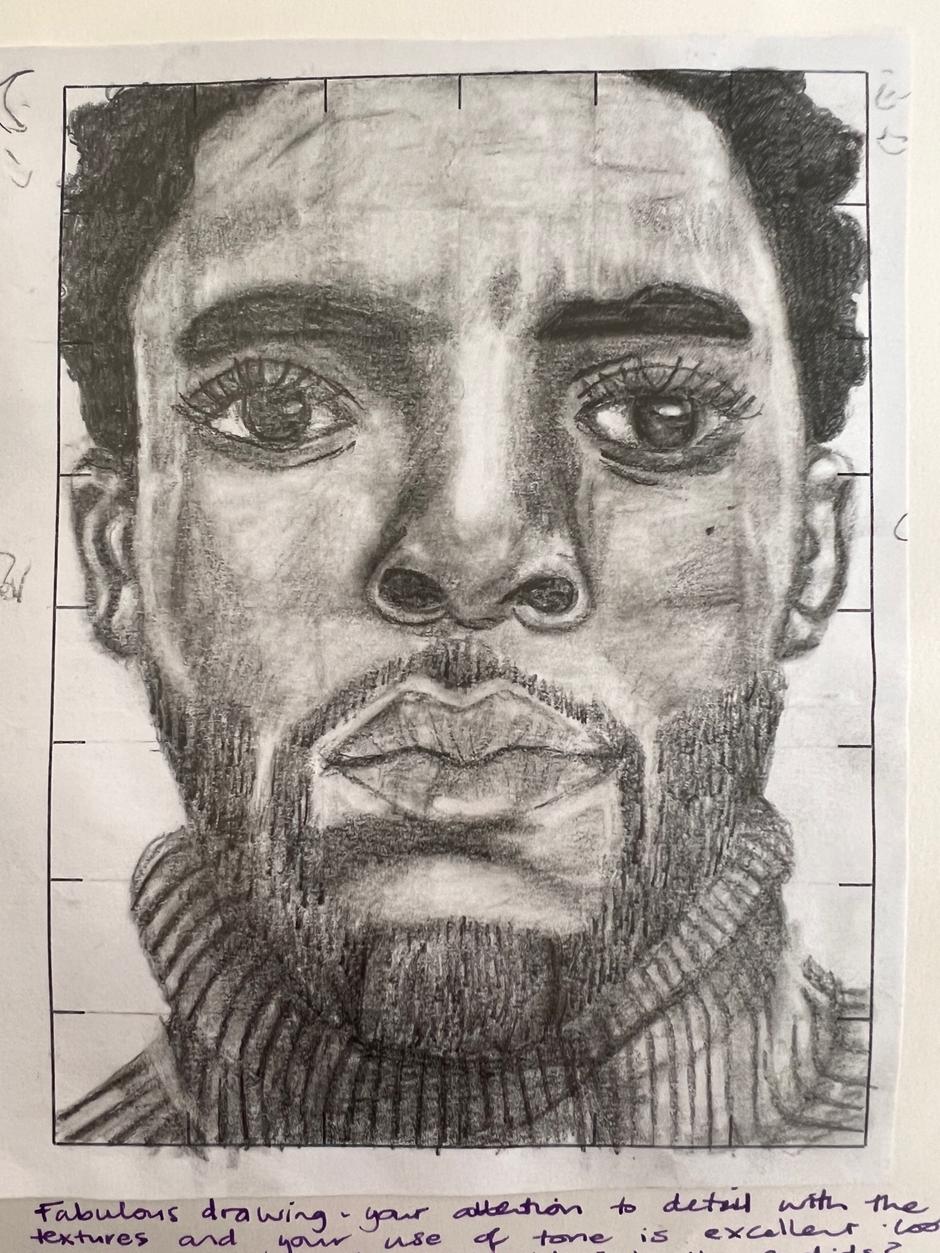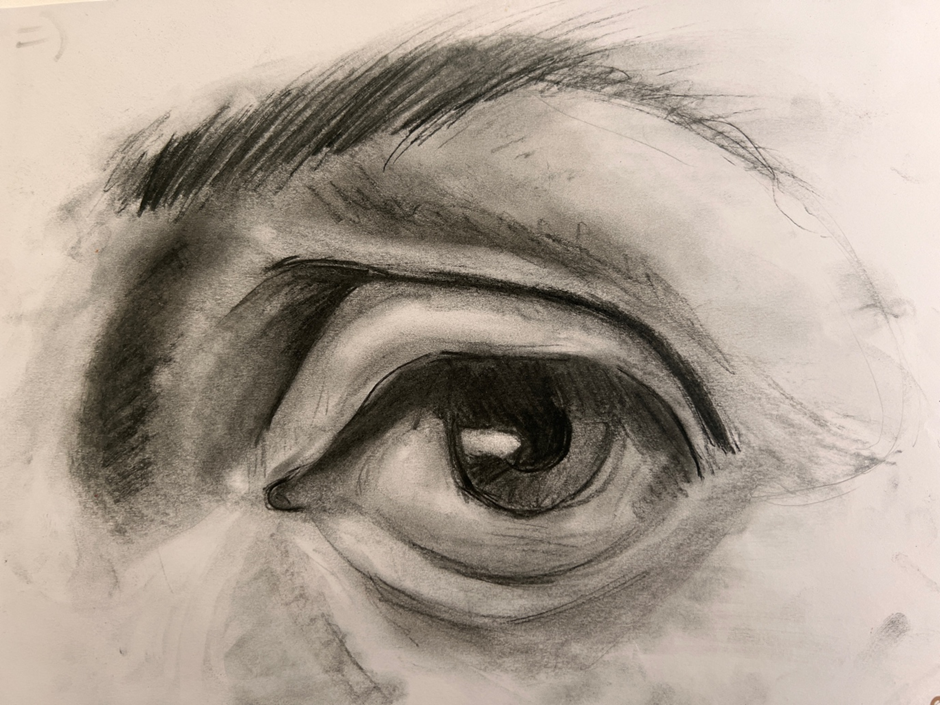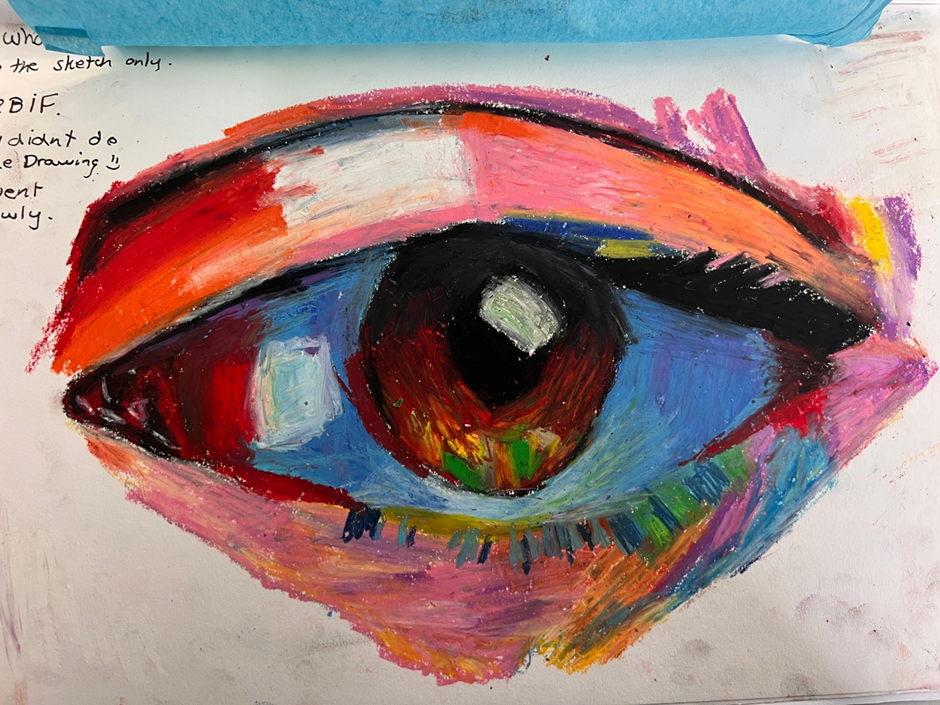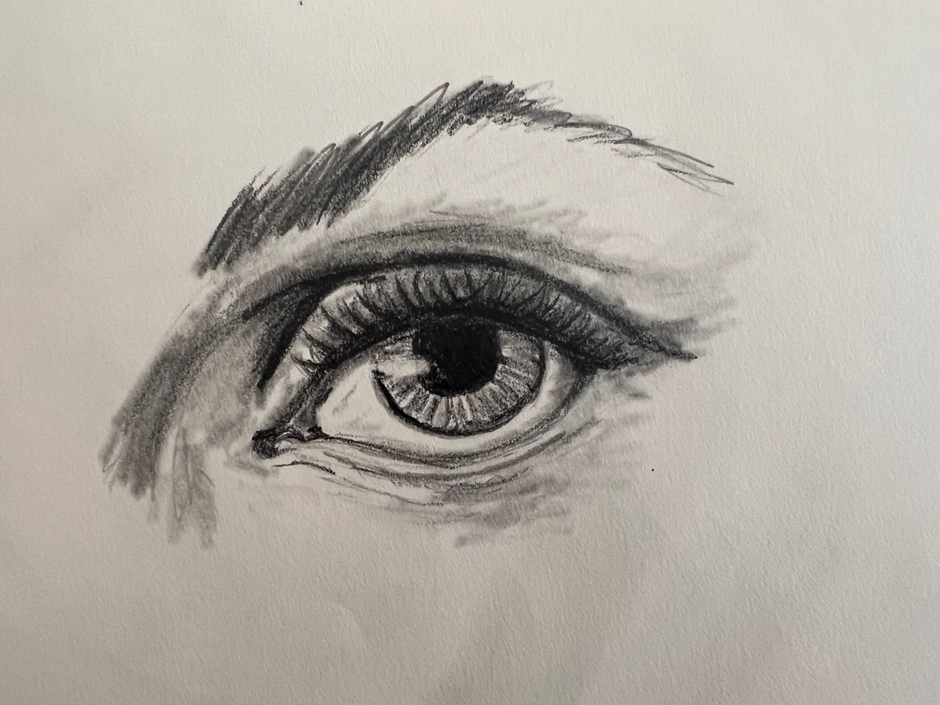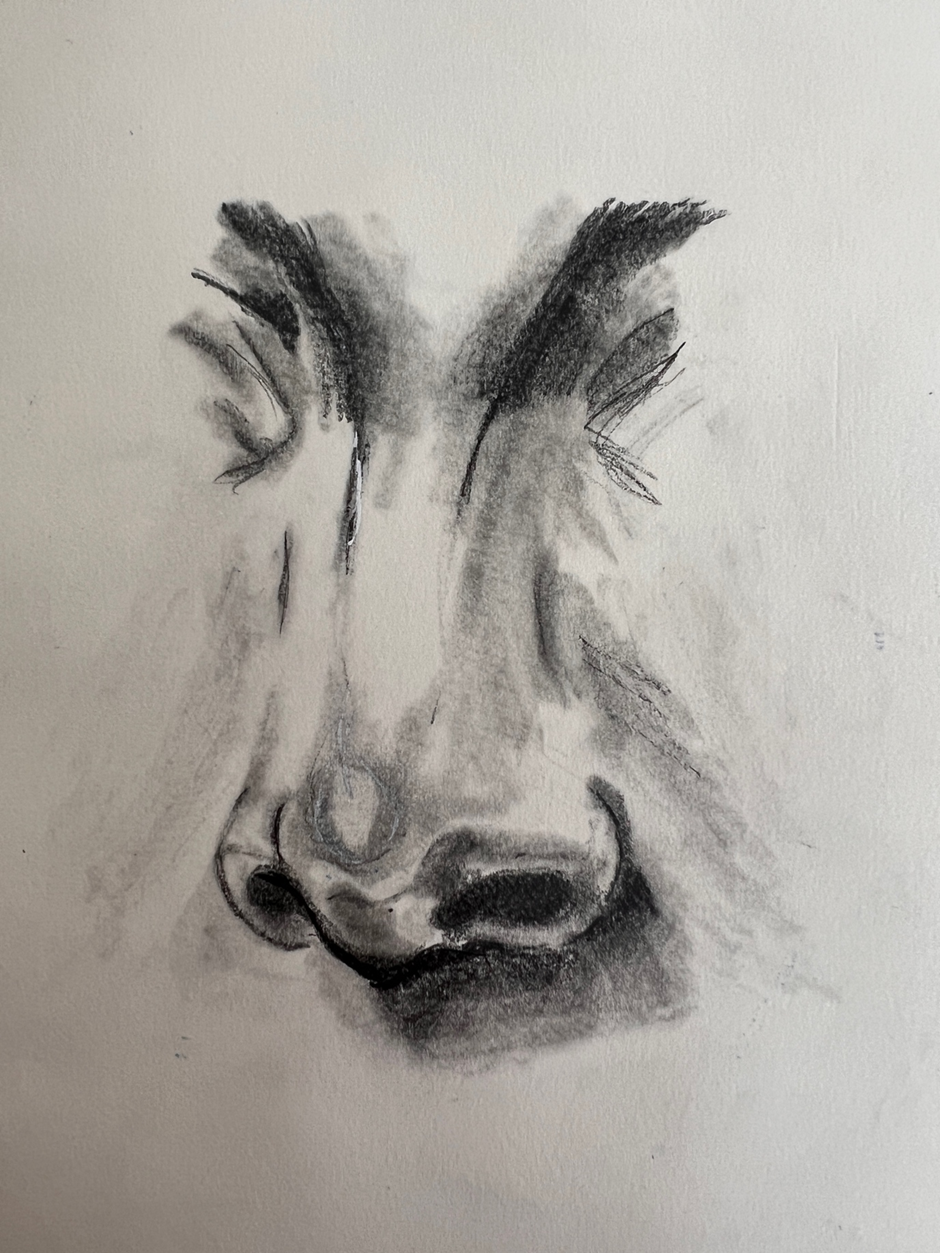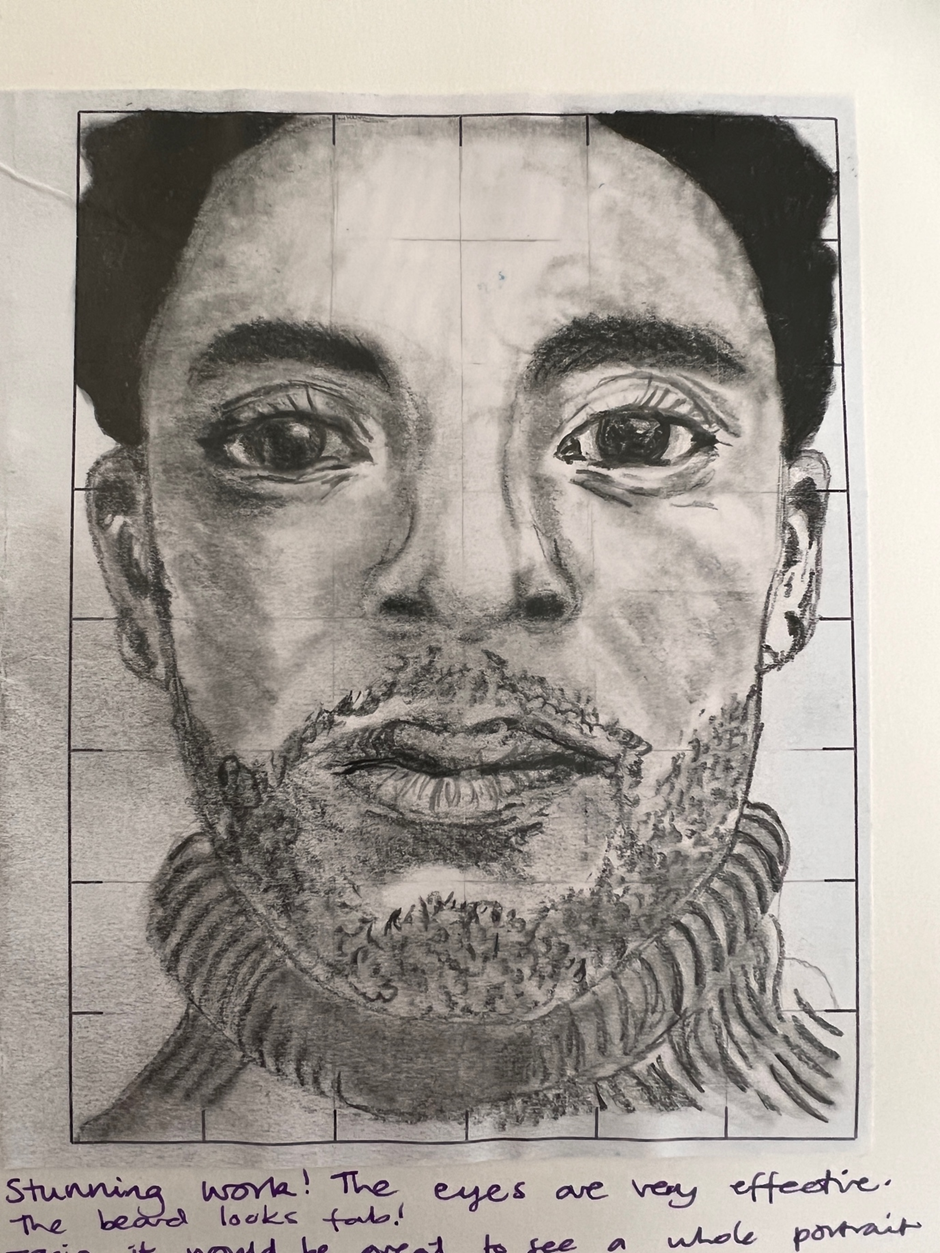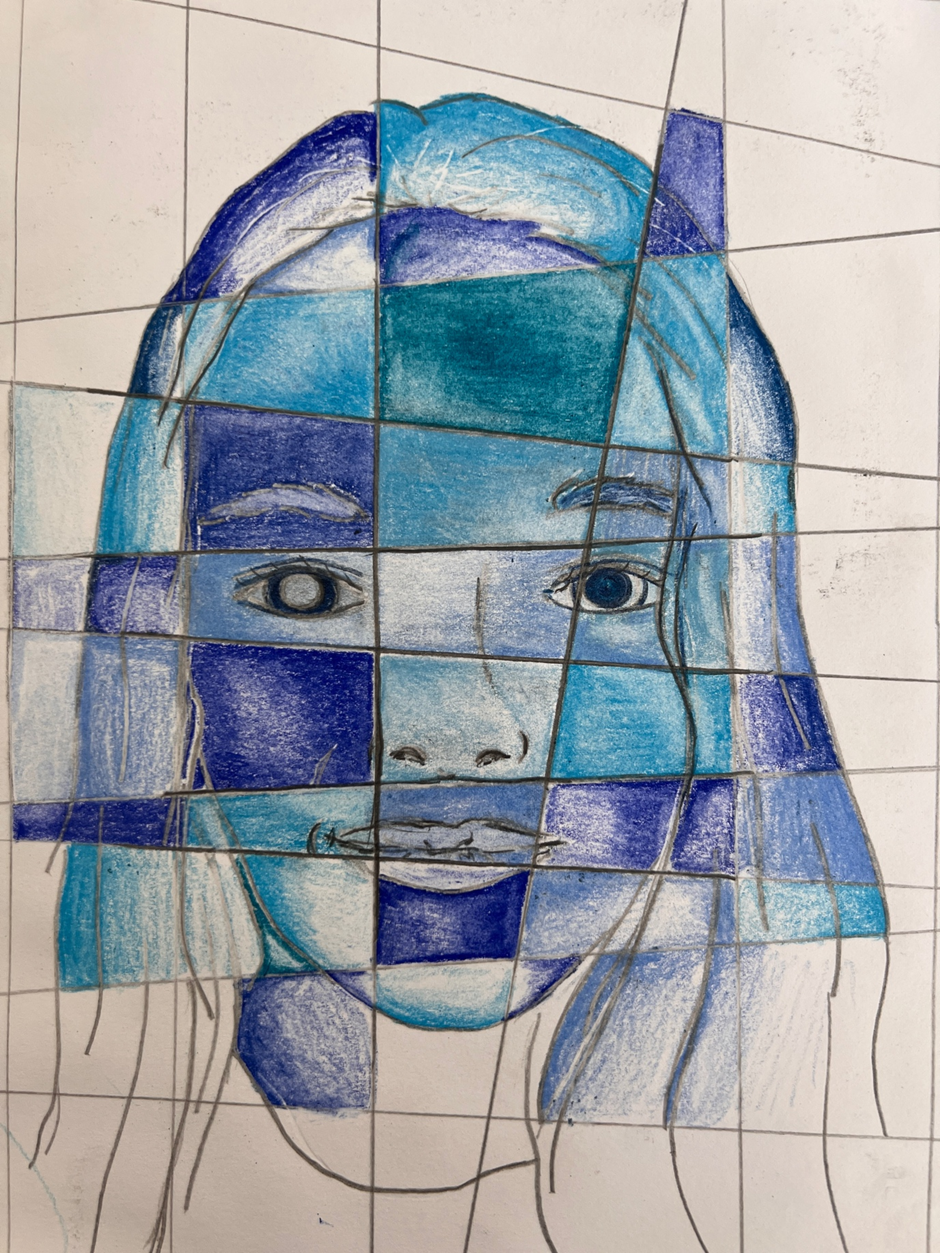
Home / Latest News /
This week, our Bethany School blog has been written by Mrs Smart, Head of Art & Photography. She writes about it being a good time to reflect on progress, and in particular draw attention to the unique ways in which pupils develop the Virtue of Learning in Art and Design.
The Spring Term is an exciting time of year in the Art department. For the first time for several years, our Year 11 and Year 13 pupils have received an Externally Set Assignment and are working hard to prepare for their examinations after Easter. Our younger pupils have had a significant amount of time on their projects and are really starting to get to grips with their specialist materials and are working on final outcomes. It is a good time to reflect on progress, and in particular draw attention to the unique ways in which the pupils develop the Virtue of Learning in Art and Design.
Engage
Be prepared to manage your attention, take responsibility and be mindful.
There is no better example of engagement than the level of independent creative drive needed by our KS4 and KS5 pupils who are working on their own personal investigations. This is the time where pupils put into practice the skills developed during the previous years and build upon their technical skills and develop conceptual ideas from personal starting points. This requires a much greater sense of autonomy where teaching staff become facilitators and partners in learning, rather than taking a didactic approach. This requires our young people to show initiative and innovation for themselves, indeed the skills required to synthesise and create are classed as higher order thinking skills. Engagement is key, as pupils are responsible for managing their projects and ensuring they hold themselves to account for their progress.
High flyers in this subject are thought to ‘Push the boundaries of normal processes. They test ideas and solve problems relating to concepts and issues; they explore ways to depict ideas, emotions, feelings and meanings; they take risks without knowing what the outcome will be; they change ideas to take into account new influences or outcomes.’ How incredible it is to witness pupils working at this level on their personal investigations!
In Year 10, Lucy has made a fabulous start to her identity project and is exploring complex themes within this. Asma has demonstrated fabulous technical skills in exploring machinery inspired by Jim Dine and Steampunk. Emma has innovative and exciting ideas combining figurative sculpture and food, and Harrison is exploring combining portraiture with imagery of automotives. Thomas has been using highly developed skills of observation to record scenes of Scotney Castle, inspired by the artist John Piper. Many of our pupils use the opportunity to access the art studios during the day in order to work on their art projects in a relaxed and supportive atmosphere (and keep the mess at school rather than the kitchen table!).
Persist
Be prepared to persist when you find things difficult. Be prepared to apply yourself.
Year 9 pupils have risen to the challenge of creating portraits this year. They began with some experimental approaches to drawing to reset their idea of observation. They then used more academic and rigorous approaches to drawing with accuracy and realism. Pupils have persisted with this most challenging of subject matter! They have created their own self portrait, using a grid method to help them to transcribe with accuracy and to ensure a real likeness. They have persisted with learning how to mix skin tones using acrylic paint, which is a challenge that would frighten professional artists! Mr Healy observed one such Yr9 lesson and found it remarkable that pupils of all abilities were able to access these skills and exceed expectations, a testament to the pupils ability to persist with difficult tasks. We look forward to displaying the pupil’s self portrait pieces at the KS3 exhibition later this year.
Question
Be prepared to check knowledge claims and develop your understanding.
Questioning is a key skill when studying artworks. The breadth and depth of art history is too great for a lifetime of study, and it is a challenge for our pupils to understand how any one artwork can be inspired by diverse sources, and be a product of its time and culture. A good example of this is contextual study in Year 12 Photography. Pupils have researched the photographer Henri Cartier Bresson who is one of the most foremost photographers of his generation. To understand his impact requires understanding of the visual arts that pre-date him, the impact of social change and war in his lifetime, and his longstanding relationship with painting and painters. Lucas rose to the challenge and delivered some astute observations on Bresson, and his own black and white film photoshoot in response, even using his grandfather’s camera that is over 60 years old! Frances did not study Art at GCSE but has quickly proven herself to be a skilled photographer and the depth of her contextual understanding is excellent; she is currently looking at photographers to inspire her personal project exploring the mind, and the way we perceive reality. In photography, images have been manipulated since the invention of the medium so questioning an image is an important skill for all of us to separate fact from fiction, or Instagram vs Reality for the 21st century!
React
Be prepared to deal with problems you face – think on your feet.
Our Year 8 pupils have been developing a fruit project from 2D drawing and printmaking into 3D ceramics. Clay can be a tricky material to work with, especially with a week between lessons! Pupils in Year 8 have been learning how to handle the material with care, yet push its potential to create amazing textures and shapes. Gabriela has been working on a personal response to a competition from the Turner Contemporary, and is creating a ceramic whale sculpture. There have been many problems to solve; clay that is too thick can explode in the kiln, too thin and it can crack and break. Joining pieces together creates areas of weakness. However, Gabi has been reacting to any problems and developing solutions so that any changes enhance the overall design and are used as learning opportunities, or happy accidents as we call them in art! Art and Design requires so many problem solving skills, whether is it a functional problem such as creating something ergonomic or to fit specific dimensions, or whether it is a problem to resolve the balance in a visual composition, or how to improve an existing artwork. These lateral thinking skills and innovate problem solving skills are highly prized in all industries!
Gabriela Alfageme
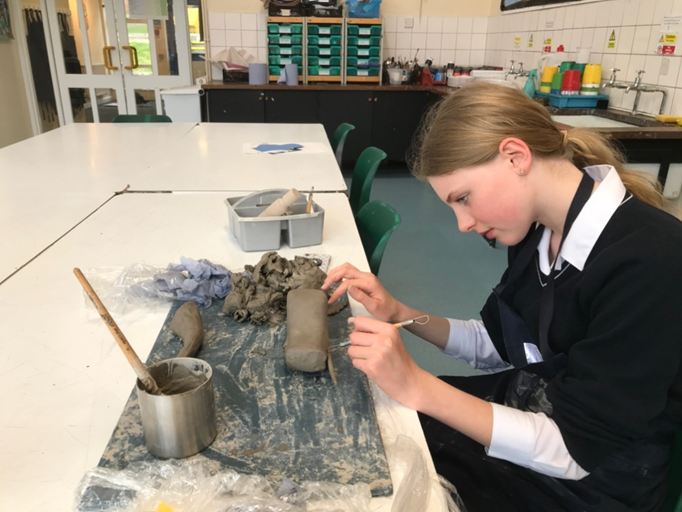
Reflect
Be prepared to check and improve your own work. Be a reflective learner and develop the craft of scholarship.
Year 7 have become experts in reviewing and refining work! Their sketchbooks show consistent critical reflection as they explore working in new media and with new techniques. They reflect on the work of others and use their investigations into artists to develop their own work. They are able to use success criteria to reflect on their progress, and devise their own success criteria for tasks so that they know what went well, and how they could improve. Martha has impressed her teachers will the level of scholarship she shows in her artwork, and her dedication to completing prep work that demonstrates her talent!
Achieve
There was also another achievement for Willem, Year 12, who was selected to compete in the public speaking competition, Articulation. Keep your eyes peeled for another newsletter item all about his presentation on Mark Rothko. Judged by artist Jyll Bradley.
Jyll Bradley thanked all speakers for their presentations, describing them as ‘extraordinary’. She congratulated Willem for drawing our attention to the powers for art to the very young, adding that she had loved Willem’s scholarship connection the work of Nietzsche to the artwork.
It was a great pleasure to hear Willem speak and we all hope that he is feeling very proud of his amazing achievement.
Willem, second from left
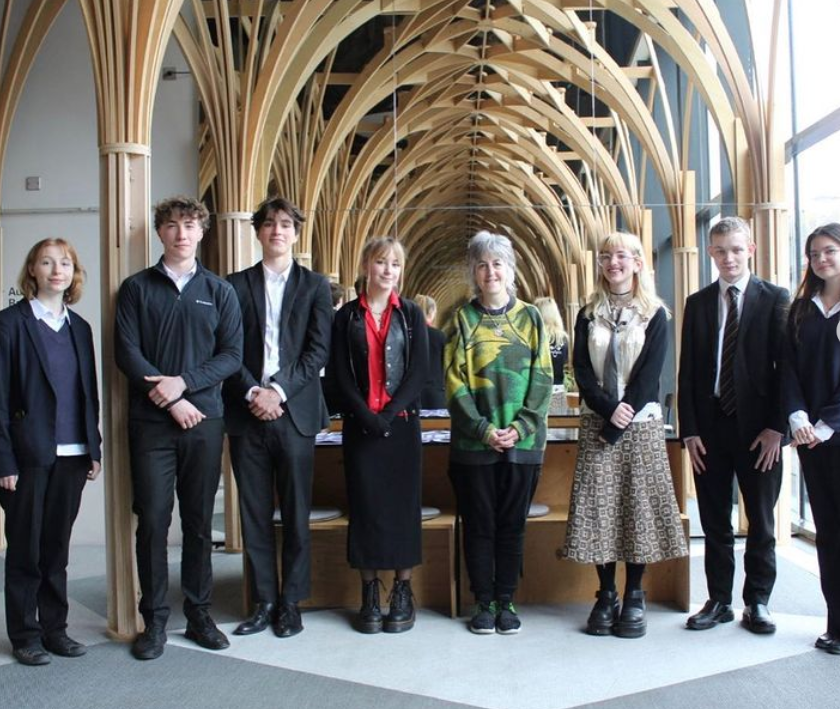
Winston and Sebastian have been permanent fixtures in the art studios at breaktimes, developing their own skills and independent work. Sebastian’s sketchbook is a thing of beauty!
Personal sketchbooks – Sebastian Baines and Winston Boudet
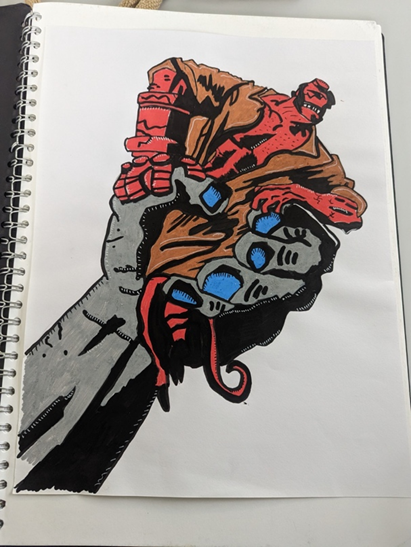
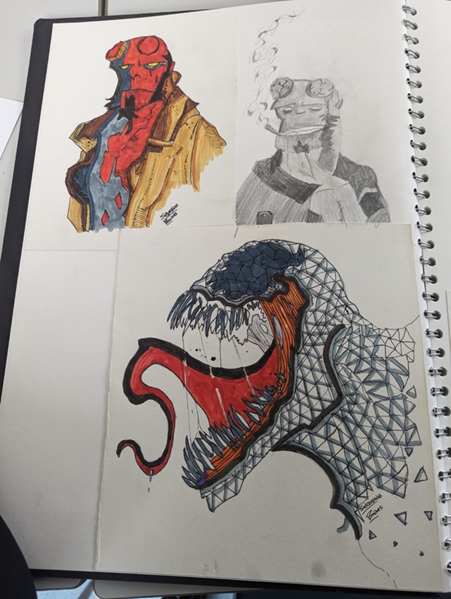
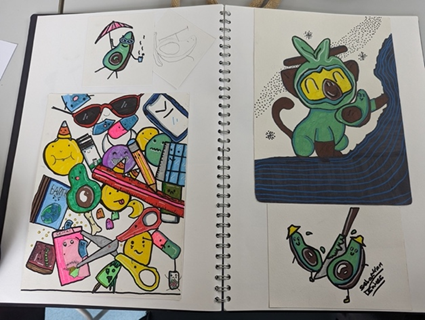
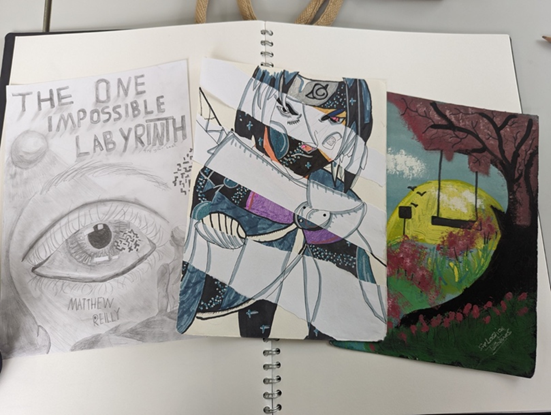
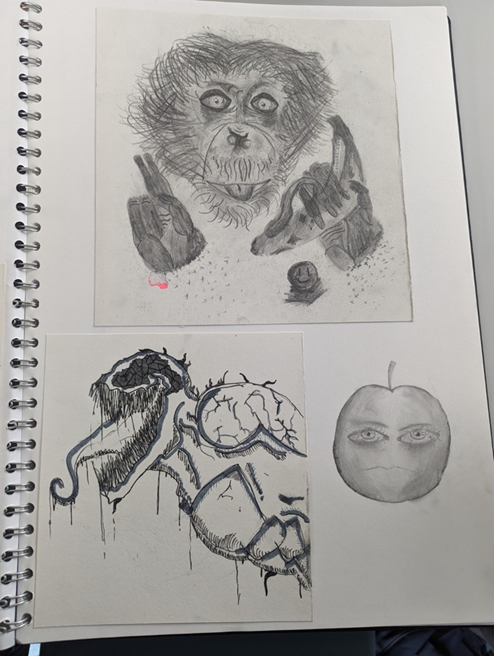
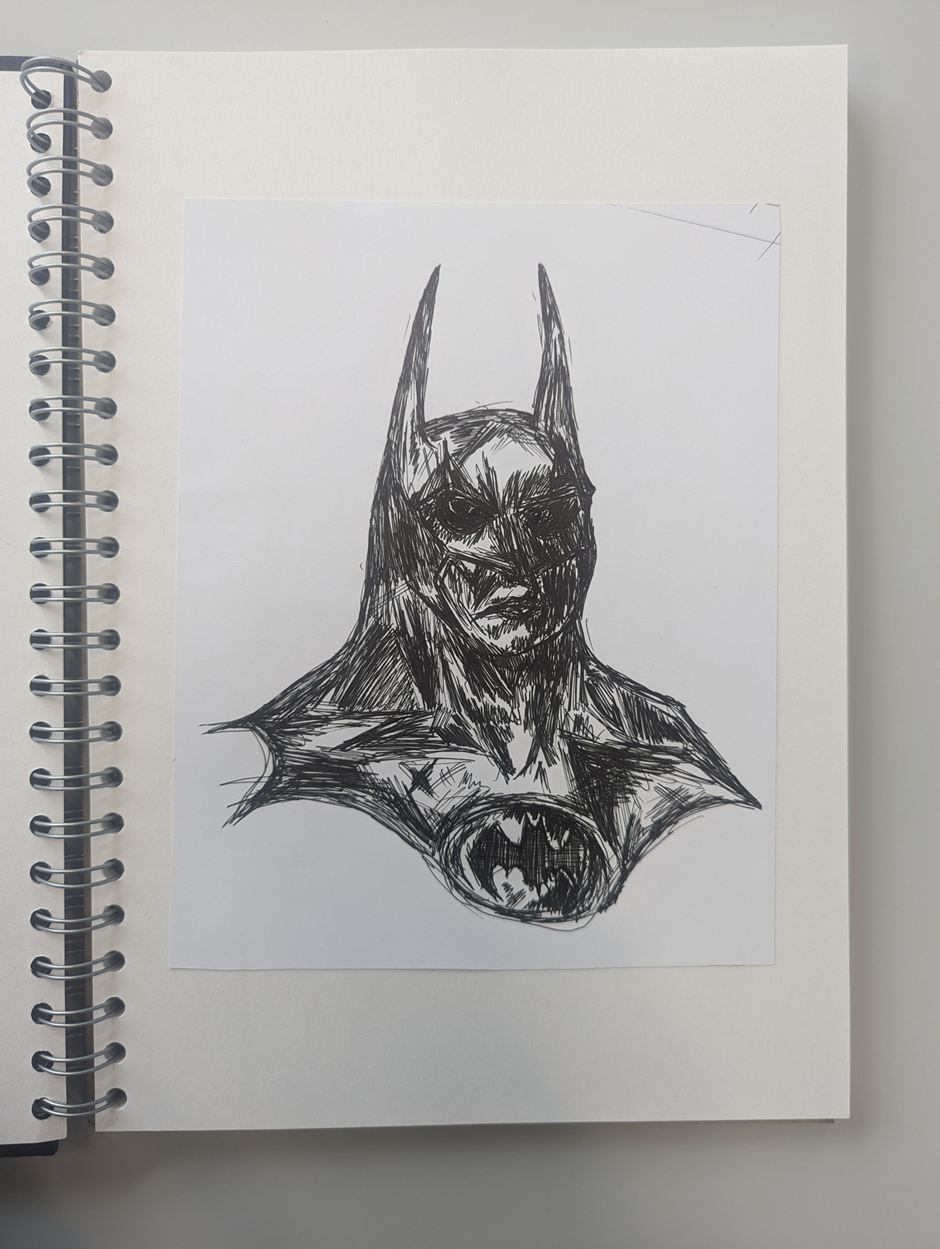
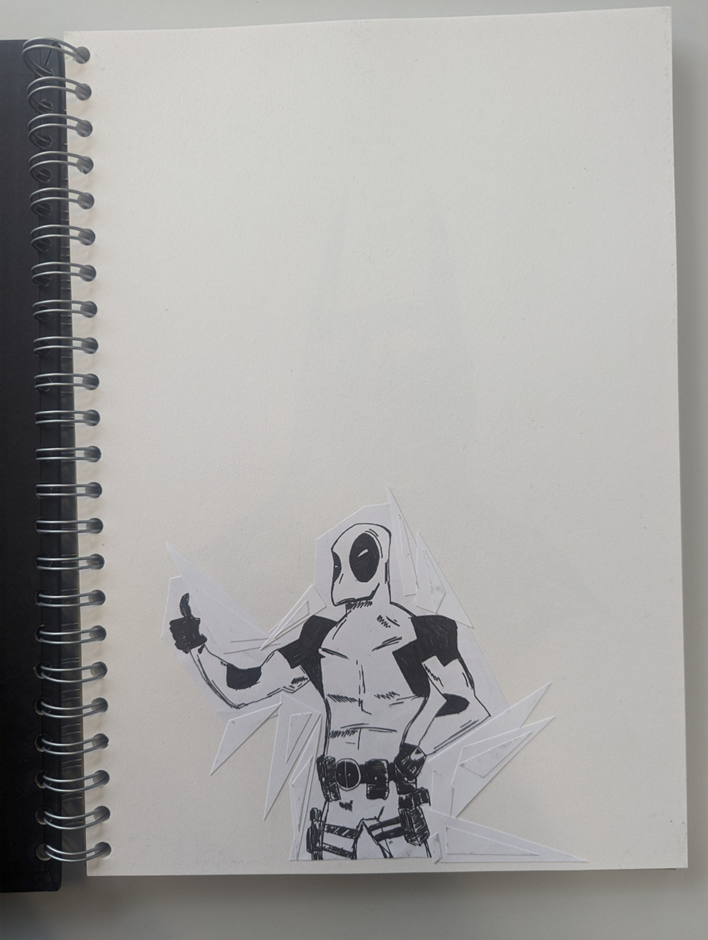
Year 9 work
